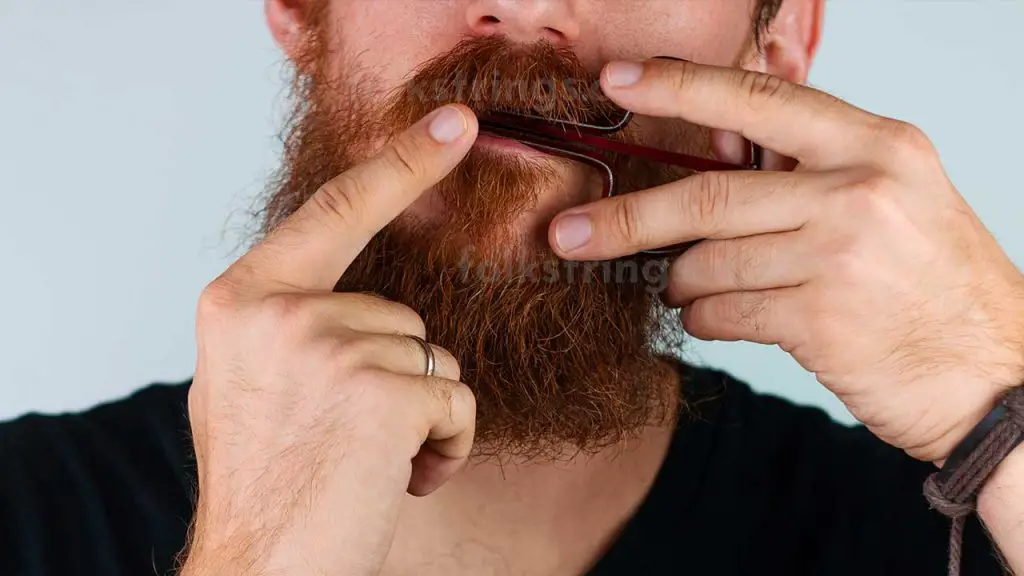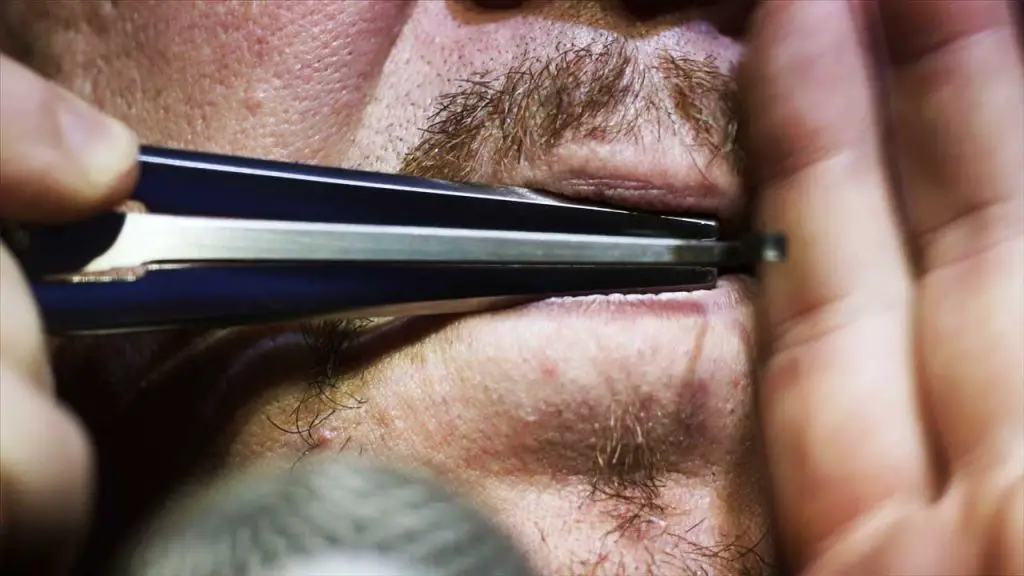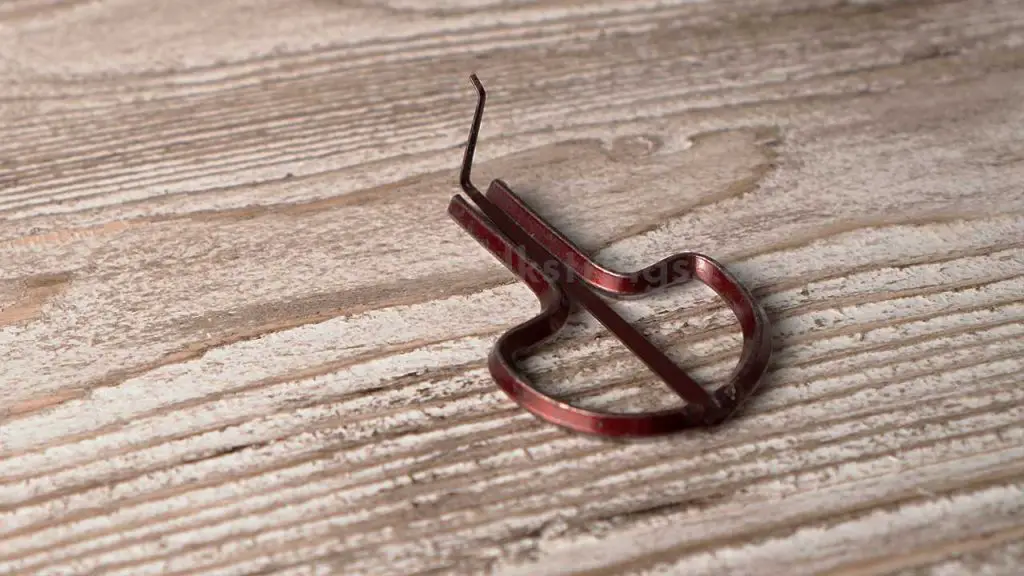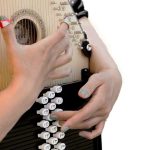Folkstrings.com is reader-supported. When you buy through links on our site, we may earn a small commission.
If you’ve ever been to a country fair, you’ve probably seen someone playing a jaw harp. It is one of those instruments that seems to defy classification.
It doesn’t quite fit into the category of woodwinds, brass, or strings. So what is it? And more importantly, how do you play the jaw harp?
Also known as a Jew’s harp or mouth harp, it is a simple musical instrument that is made from a metal or wooden frame with a flexible metal tongue.
It can be played solo or in a group setting and is often used to accompany other instruments.
Although it may look like a simple toy, the jaw harp is actually quite versatile and can be used to create a variety of sounds.
In this blog post, we will answer the most common questions being asked about this quirky little instrument.
- Handcrafted by renowned harp master Pavel Potkin in the Altai Mountains, Russia, this Jew’s harp is celebrated as one of the finest in its class.
- Designed to produce a diverse range of clear and crisp sounds, allowing for endless new melodies based on breathing technique and movement.
- Its user-friendly design makes it suitable for beginners and children, requiring no prior musical knowledge or training.
- This lightweight, compact instrument comes with a protective case and a wrist cord, ensuring easy portability for musicians on the move.
- Crafted from durable, high-quality materials such as steel, brass, cedar, and premium leather, this mouth harp is built to last.
Table of Contents
How to Use a Jaw Harp

Although the jaw harp is a relatively simple instrument to play, there are a few things you need to know before you get started.
Here are four steps to help you start playing the jaw harp:
1. Choose a comfortable position. The jaw harp can be played sitting or standing. If you are sitting, make sure you are in a chair with your back straight and your feet flat on the ground. If you are standing, make sure you are balanced and not leaning to one side.
2. Insert the jaw/jew’s harp into your mouth. The frame of the instrument should rest against your teeth, while the reed is placed behind your teeth. You may need to experiment with different positions until you find one that is comfortable for you.
3. Pluck the trigger with your finger. This will create a vibration that will resonate in your mouth. You can change the sound by moving your tongue or changing the shape of your mouth.
4. Experiment with different techniques. You can create different sounds by varying the pressure of your finger on the tongue bar or by moving your jaw up and down. Once you’ve got the hang of making basic sounds, you can begin to play simple melodies.
Why is a Jaw Harp called a Jew’s Harp?
The term “Jew’s harp” is a relatively popular name for the jaw harp, although its origins are somewhat unclear. This is actually a misnomer; there is no evidence to suggest that the Jew’s harp has any connection to Judaism or Jewish culture. It is thought to be just a corruption of the original name, “jaw harp.”
Another possibility is that the name comes from a mistaken association with a French word for ‘toy trumpet’.
Whatever the case may be, the name “Jew’s harp” has been in use for centuries and shows no signs of disappearing anytime soon. Although some people find the name to be offensive, it remains one of the most commonly used terms for this unique and interesting musical instrument.
Are Jaw Harps Easy to Learn?

The answer to the question of whether jaw harps are easy to learn is a resounding yes… if you have a jaw, that is.
In all seriousness, however, while there are certainly some challenges involved in playing the jaw harp, it is not an overly difficult instrument to learn. The most important thing is to have a good understanding of how the instrument works.
Even beginners can actually produce a pleasing sound. If you’re interested in learning how to play the jaw harp, there are a number of and in music stores.
With a little practice, you’ll be able to create a wide range of rhythms and tones. Who knows, you might even find yourself playing for an audience one day!
Can Jaw Harp Damage Teeth?
While there’s no conclusive evidence that jaw harps are harmful to teeth, it’s important to use caution when playing them.
The best way to avoid any potential damage is to hold the instrument against your teeth lightly and without applying too much pressure. If you feel any discomfort while playing, make sure to take a break and give your teeth a rest.
With a little bit of care, you can enjoy playing the jaw harp without worrying about damaging your teeth.
Can You Play a Jaw Harp with Braces?
Whether you can play a jaw harp with braces depends on the type of braces you have and how well you can control your mouth muscles.
Jaw harps are played by holding the instrument between your teeth and plucking the trigger with your finger.
This requires a lot of coordination and a fair amount of strength in your mouth muscles. If you have braces that cover your front teeth, it may be difficult to hold the jaw harp in place.
Additionally, if you have brackets or wires that extend into your cheeks, it may be difficult to move your mouth muscles in the necessary way to produce a sound.
However, if you have clear aligners or retainers, it may be easier to play the jaw harp with these types of braces.
Ultimately, it’s worth giving it a try – you may be surprised at what you can do!
Can You Play a Jaw Harp Without Teeth?

The answer is yes, but it takes a little bit of ingenuity.
Normally, you would use your teeth to hold the bar in place. However, if you don’t have any teeth, you can hold the reed between the lips and use the tongue to control the vibrations.
Alternatively, you can also improvise by using a bar clamp to hold the frame of the instrument instead. After some time, you’ll be able to play any song on your jaw harp – no teeth required!
Can You Play a Jaw Harp with Dentures?
It is possible to play the jaw harp with false teeth, but it takes a bit of practice.
The main problem is that dentures can interfere with the vibration of the instrument, resulting in a softer, more muted sound.
In addition, it can be difficult to keep the instrument in place with dentures. However, with a little patience and perseverance, it is possible to produce a surprisingly pleasant sound.
So if you’re looking for a new challenge, why not give it a try? Who knows, you might just discover a hidden talent!
Conclusion
So there you have it – a little bit of jaw harp history, some basics on how to play, and a few tips and tricks. It’s easy to learn, and there’s always something new to discover about it. If you want to add a little more excitement to your life, pick up a jaw harp and start practicing today!
Author Profile
-
Daniel Johnstone is an English writer with a love for stringed instruments from around the world.
He shares his love for these instruments through his writing for folkstrings.com, a website dedicated to all things related to folk string music.
Daniel's passion for music started at a young age, and he has since become an accomplished musician, playing guitar, cavaco, and recently, the harp.
His dedication to learning and sharing his knowledge of stringed instruments is evident in his insightful and engaging blog posts. Whether you're a seasoned musician or a beginner, Daniel's writing is sure to inspire and entertain you.
When he's not playing music or writing, you can find Daniel exploring new instruments and seeking out new sounds to share with his readers.
Latest entries
 AutoharpApril 4, 2024Is Autoharp Easy to Play? Unveiling the Truth for Beginners
AutoharpApril 4, 2024Is Autoharp Easy to Play? Unveiling the Truth for Beginners AutoharpApril 4, 2024What Is an Autoharp Worth? Your Guide to Pricing and Value
AutoharpApril 4, 2024What Is an Autoharp Worth? Your Guide to Pricing and Value AutoharpApril 4, 2024Where Is the Best Place to Buy an Autoharp? Your Top Picks Reviewed
AutoharpApril 4, 2024Where Is the Best Place to Buy an Autoharp? Your Top Picks Reviewed AutoharpApril 4, 2024How Does the Autoharp Work? – Unveiling Its Melodic Secrets
AutoharpApril 4, 2024How Does the Autoharp Work? – Unveiling Its Melodic Secrets


